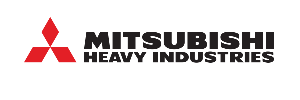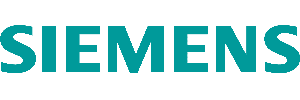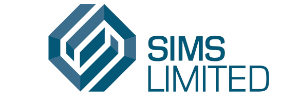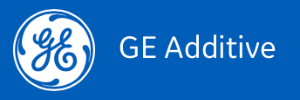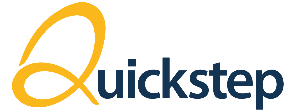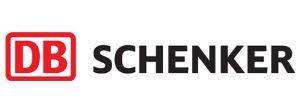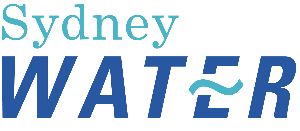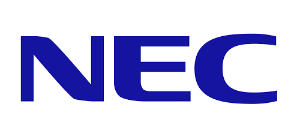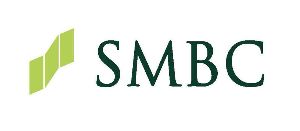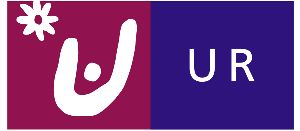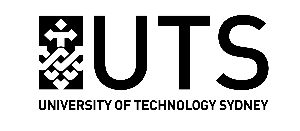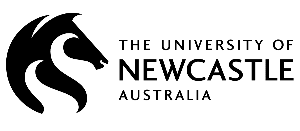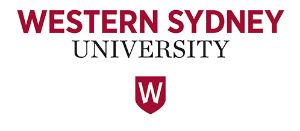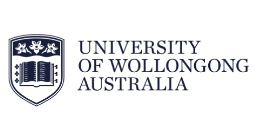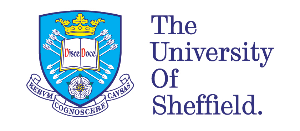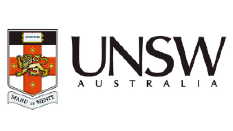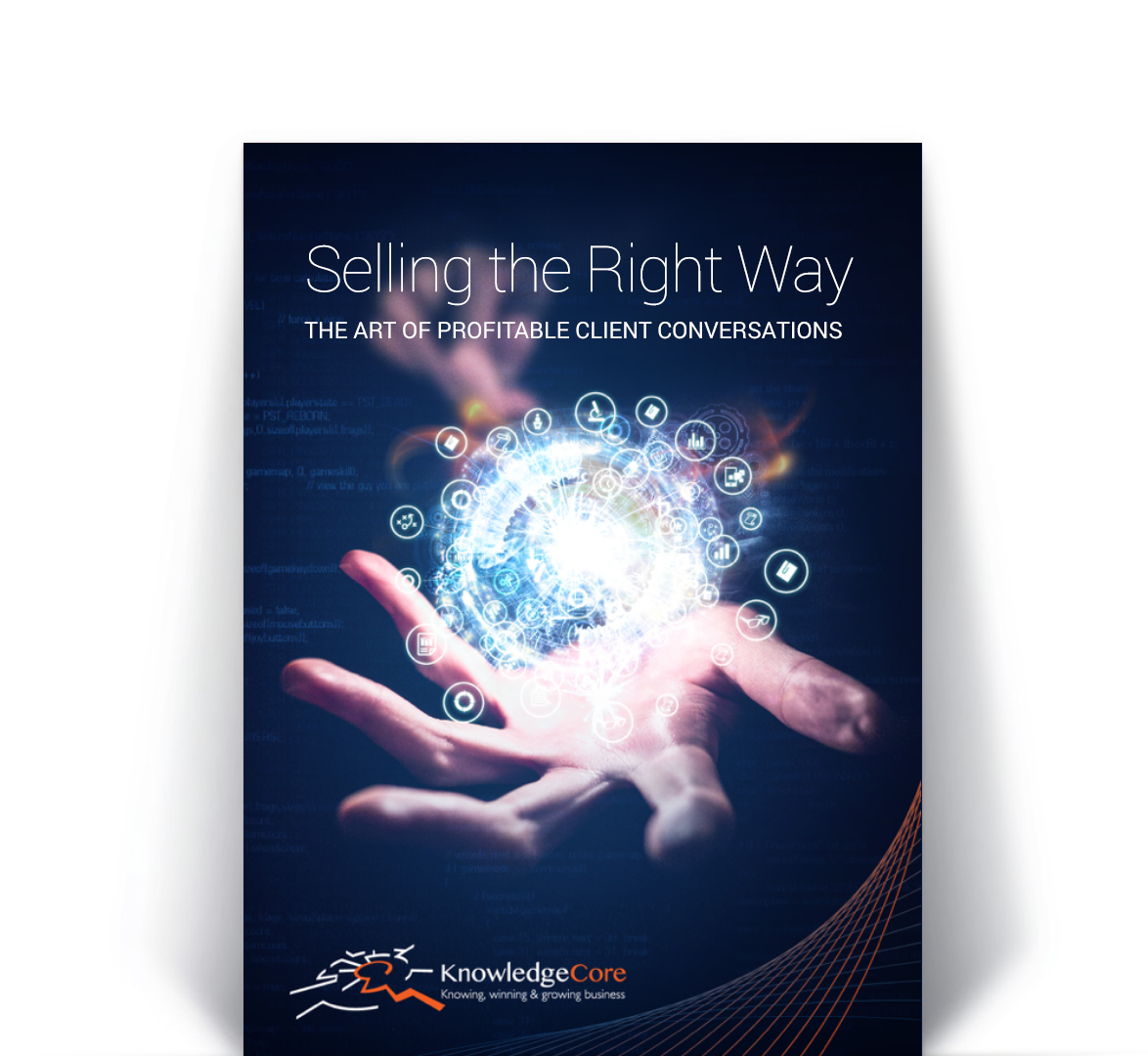The Western Sydney Aerotropolis has brought federal, state and local governments together at an almost unprecedented level. They have cooperated to develop an economic development strategy for a thriving Bradfield City Centre that is set to thrive alongside Sydney and Paramatta. Their shared vision is for a commercial ecosystem that transforms paddocks into a state-of-the art green city that will be home to advanced manufacturing, research, science and education.
There’s an element of ‘chicken and egg’ to the scenario.
The governments won’t see their vision realised without the participation of commerce and industry in this development. But the private sector has been reticent to commit to something that until recently was little more than a highly attractive vision.
The NSW Government has set up the Western Parkland City Authority as the agency responsible for delivering, coordinating and attracting investment for the centre. One of the first steps in attracting commerce and industry participation was encouraging investment from global firms that would then provide incentive for local companies to further invest in infrastructure, facilities and operations.
With 18 Memorandum’s of Understanding (MOU) signed with these large multinationals (see companies below), the NSW government has something tangible to take to the market. Although not legally binding, these MOUs have reduced risk for local companies whilst providing a level of certainty for both the multinationals and NSW government that the Bradfield vision will be realised.
In addition, the state government has injected $1.15 billion to start works. That includes $975.5 million in enabling works to establish and remediate the site and $132 million to develop the Advanced Manufacturing Research Centre. I see this as an act of good faith to prove the government’s commitment to seeing its vision realised.
Below we have included the Aerotropolis Investor Guide which shows the extent to which governments have committed to the development of this area, and the billions-of-dollars worth of opportunities that come with it.
I wonder how much of this work you already have earmarked within your strategic plans. Especially looking at the pipeline of works it potentially offers.
So, which companies will need contractors to help them deliver the vision?
Not only will the NSW Government be procuring for the enabling works and construction works, but each of the companies below will also be looking to design, build and construct.
Advanced Technologies
Space, Aviation, Defence
Agriculture, Healthcare, Logistics
Project Facilitation
Education
Other work being mentioned
The indicative tender opportunities for 2021/ 2022 and beyond that have been mentioned on the Western Parkland City Authority website:
- During Q4 2021 they will be procuring for:
- Professional services / advisory consultants to develop the plans for the Bradfield City Centre Multi Utility Servicing
- Site holding works
- NETM course delivery – tranche 1
- Q1&2 of 2022
- Civil works and building contractor for First Building – procurement. Hassell has just been named as the architect for the First Building, an Advanced Manufacturing Research Facility. I wonder who will win the head contracting role to build that and, with that, what subbies they’ll use for the different site remediation and then building works.
- Procurement of capital equipment for the AMRF
- Q3&4 of 2022
- Bradfield City Centre Multi Utility Servicing – ROI for design, construction and operation
- NETM course delivery – tranche 2
- 2023
- Initial civil works packages for the Bradfield City Centre Enabling Works
- Procurement for construction of the Bradfield City Centre Multi Utility Services
- Procurement for construction of the CSIRO building
- 2024
- Procurement for construction of the AMRF
- Enabling works for the centre’s public spaces and landscaping
Neuroscience research shows that 93% of our communication is nonverbal and 95% of our decision-making is unconscious. Unless we understand the underlying drivers of the RFTs, we are leaving the win to chance. So much of the tendering or bidding process is about understanding the underlying and unspoken drivers that define a win or loss. Submitting an excellent document is only one element of success. Winning is equally defined by conversations in the background.
I’m wondering whether all the activity going on in Western Parkland City is part of your strategic plan. With tens of billions of dollars of projects coming through in the infrastructure pipeline, what can we do to help? Contact us.
About Adette
My driving commitment hasn’t changed since the day I started KnowledgeCore. I’m here to empower SMEs with the skills, tools and knowledge to go up against their competitors and win. With over 25 years of experience in sales, marketing, HR and business development, I’m as driven as ever to help my clients succeed.
My team and I work on tenders ranging from $90,000 to $2.5 billion and more. And I’m known for caring about the win as much as they do! That’s why our win rate is consistently over 83%. When it comes down to it, I want the money to go into my clients’ pockets rather than their competitors.



